Imagine stumbling across a patch of desert, the sun blazing down, dust swirling in the air, and you spot a ball of brittle, gray twigs—so dry, it seems lifeless. Now picture this same ball, days later, transformed into a lush, green burst of life after a rare rain. This isn’t a fantasy—it’s the miraculous reality of the resurrection plant, a botanical wonder that truly returns from the brink of death. Its power to endure years of desiccation and then spring back to life has fascinated scientists and adventurers alike. The resurrection plant’s journey is a story of survival, hope, and nature’s astonishing creativity.
The Mystique of the Resurrection Plant
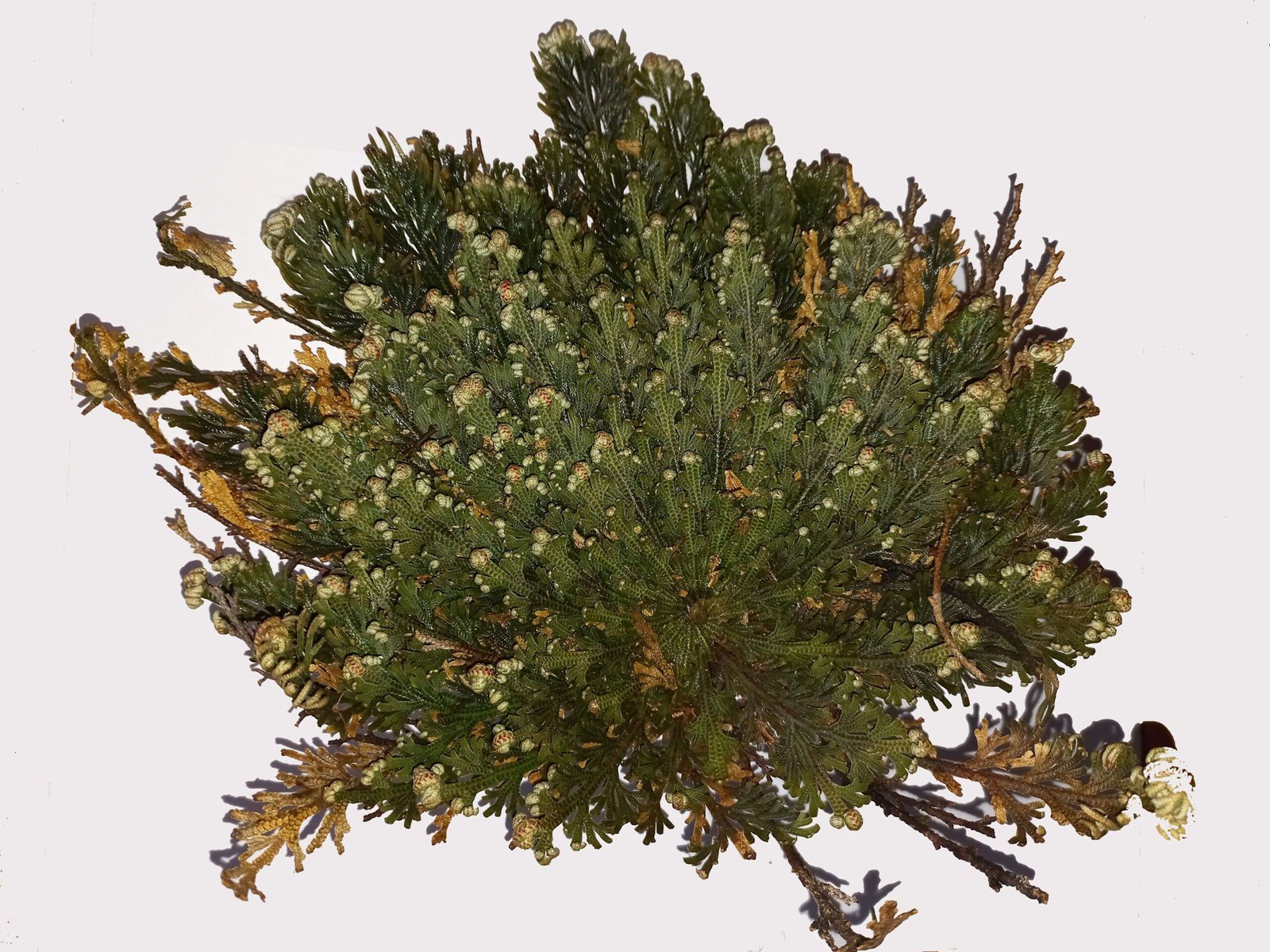
The resurrection plant is not just one species but a group of remarkable plants that have evolved to survive in some of the world’s harshest environments. They are mostly found in arid regions—deserts, rocky outcrops, and savannas—where water is scarce for years at a time. These plants have developed the rare ability to withstand near-total dehydration, a feat that seems almost magical. When the rains finally come, they unfurl and revive, turning green within hours or days. Their seemingly dead appearance masks a hidden vitality, a lesson in patience and resilience that has captured human imagination for centuries.
Where Do These Miracle Plants Live?
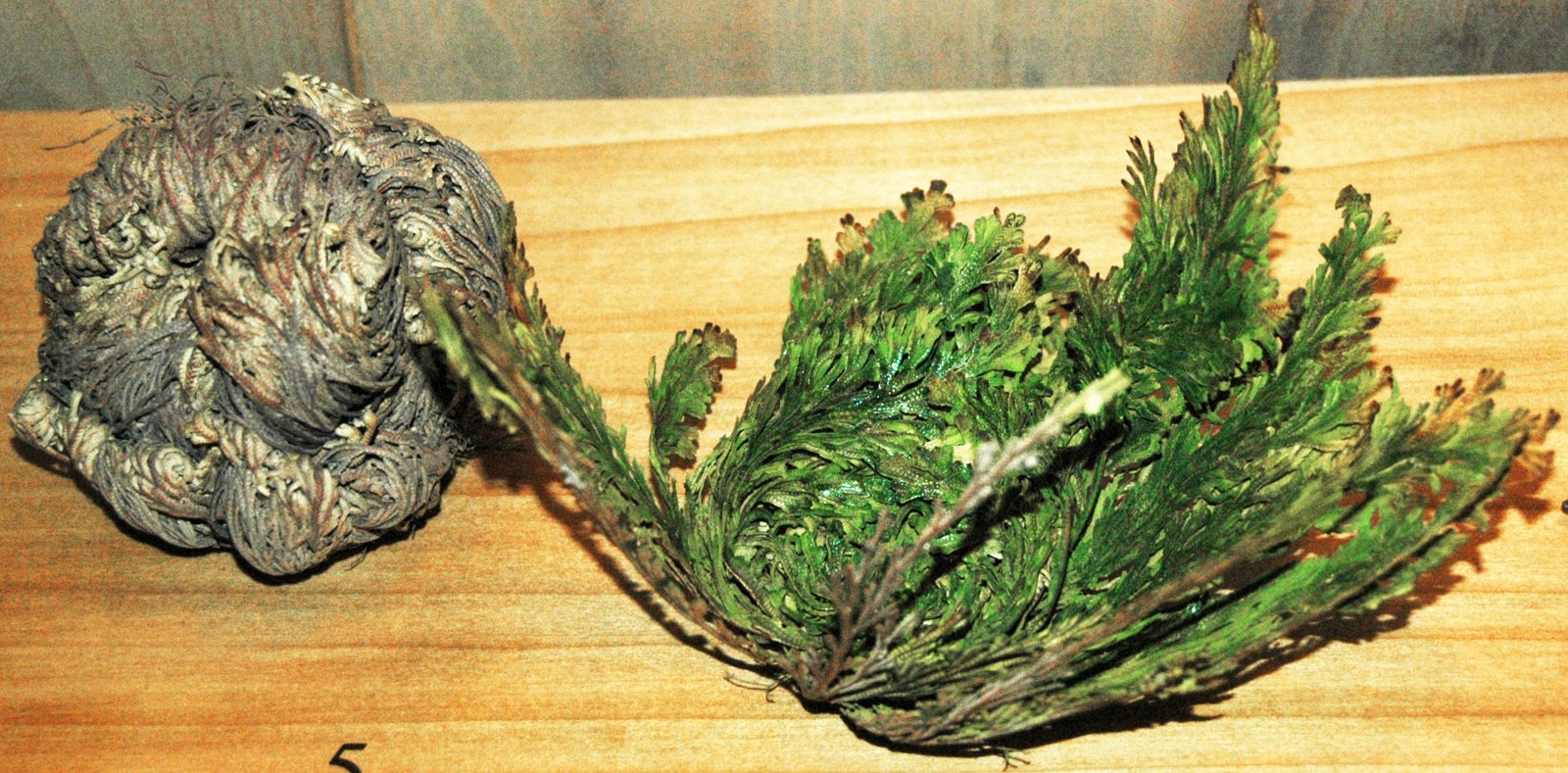
You’ll find resurrection plants in various corners of the globe, from the deserts of North Africa to the arid plains of the Americas. The most famous is Selaginella lepidophylla, often called the “rose of Jericho,” which is native to the Chihuahuan Desert in Mexico and the southwestern United States. In Africa, Myrothamnus flabellifolia thrives on rocky slopes, enduring long dry seasons. Each species has adapted to its local climate, but all share the astonishing ability to survive without water for years. Their global distribution is a testament to nature’s ingenuity and the drive to survive against all odds.
How Does the Resurrection Plant Survive Drought?
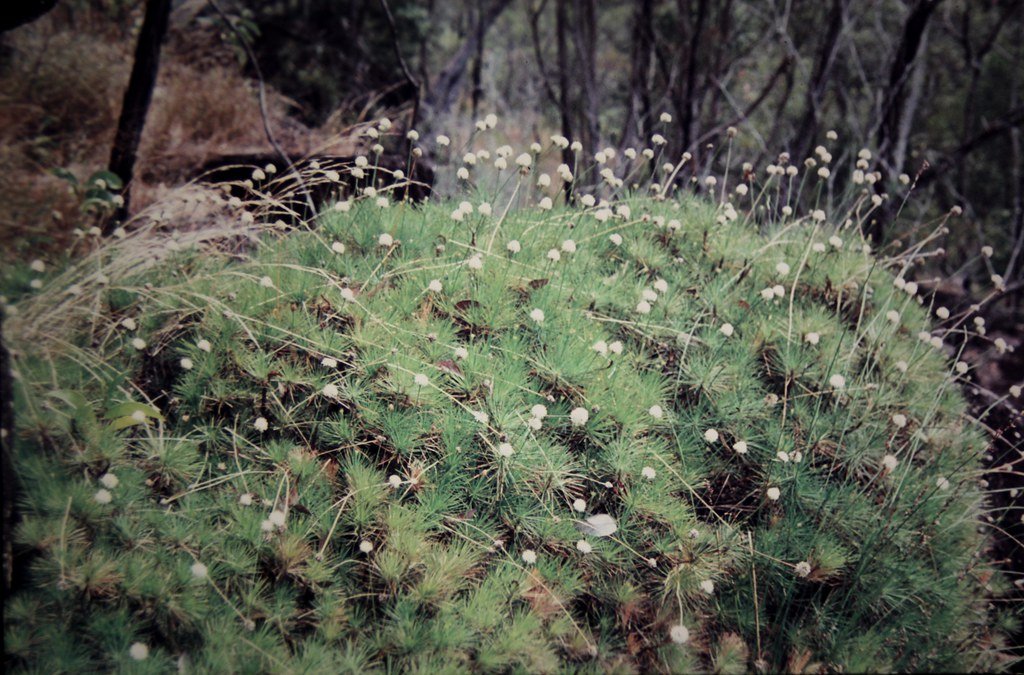
The secret behind the resurrection plant’s survival is its unique physiological adaptations. When water disappears, the plant curls up tightly, drastically reducing its surface area and minimizing water loss. Its cells contain special sugars and proteins that stabilize membranes, preventing damage during dehydration. Rather than dying, the plant simply goes dormant, waiting for the next drop of rain. This remarkable process—called anhydrobiosis—means the plant doesn’t need water to maintain basic life functions. It’s like pressing “pause” on life itself, only to resume when conditions improve.
A Closer Look at Selaginella lepidophylla
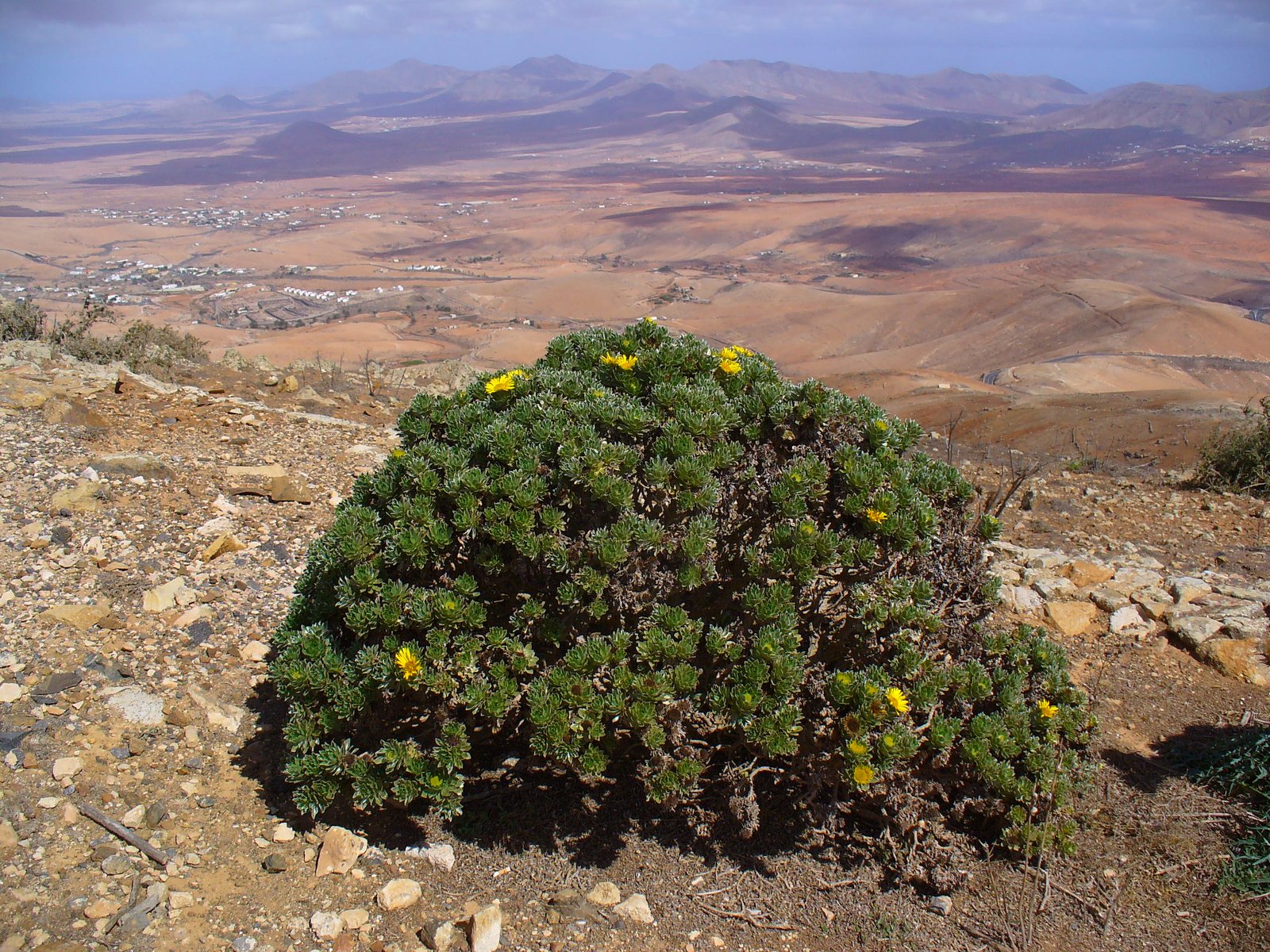
Selaginella lepidophylla, the most iconic resurrection plant, can survive in a desiccated state for years. In dry weather, it rolls into a tight ball, resembling a tumbleweed. This shape protects its inner tissues from the harsh sun and wind. When exposed to moisture, the plant unfurls, revealing delicate, fern-like leaves that quickly turn green and resume photosynthesis. This incredible transformation can occur within a few hours, a spectacle that leaves even seasoned botanists in awe. Families sometimes keep these plants as curiosities, watching them “come back to life” again and again with just a splash of water.
The Science Behind the Miracle: Anhydrobiosis

The resurrection plant owes its survival to anhydrobiosis, a rare form of dormancy where life processes nearly stop in the absence of water. During dehydration, the plant produces trehalose, a sugar that protects cell structures, and expresses proteins that act as molecular shields. These adaptations prevent the formation of ice crystals or cellular collapse, which would normally destroy living tissue. When water returns, these molecules quickly dissolve, allowing normal cellular function to resume. Scientists study this phenomenon closely, hoping to unlock secrets that could help preserve food, medicines, or even human organs for transplantation.
Resurrection Plants in Culture and Myth
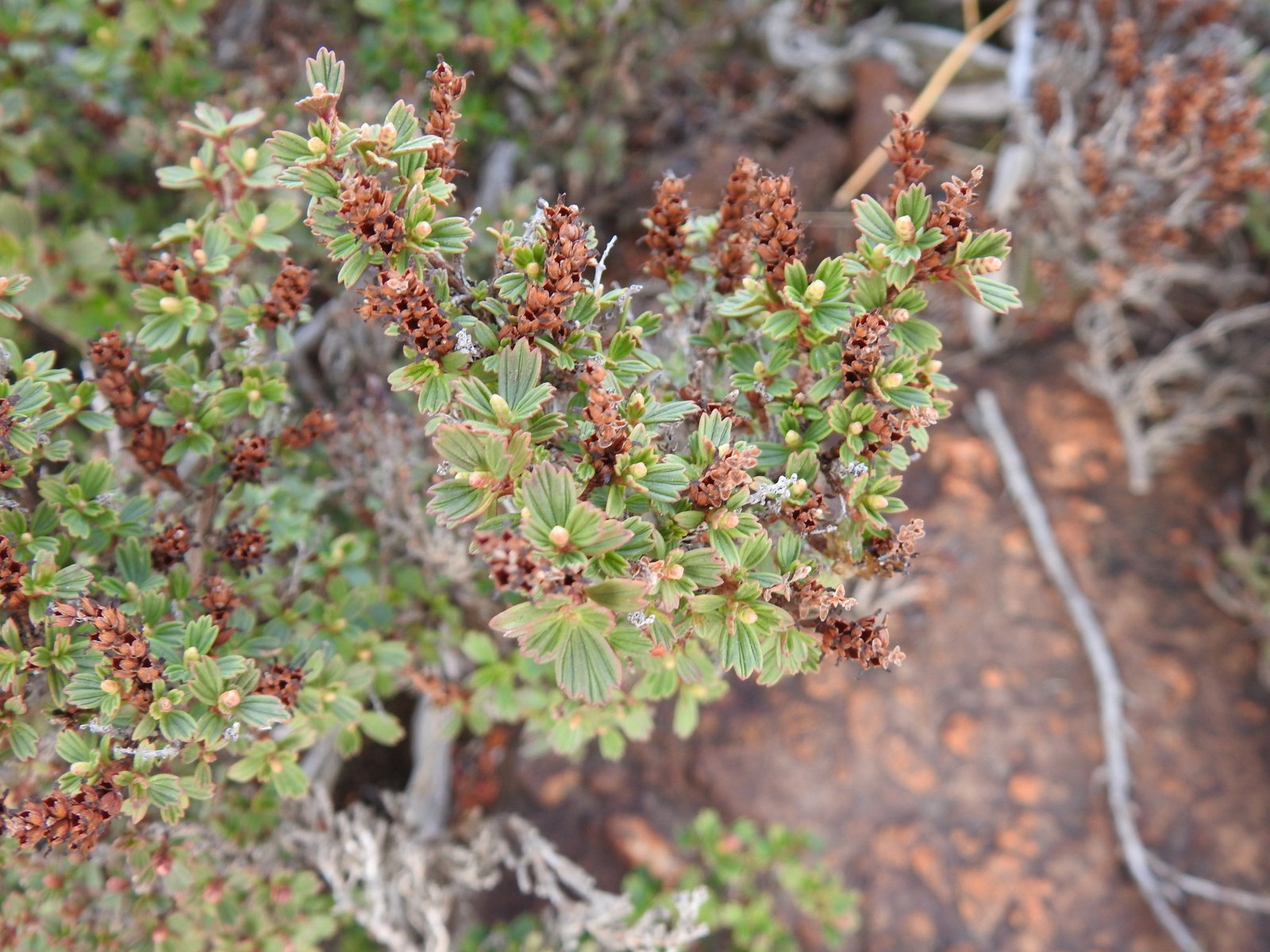
Throughout history, resurrection plants have inspired myths, legends, and spiritual beliefs. In many cultures, they symbolize hope, renewal, and eternal life. The rose of Jericho, for example, is often called “the plant of resurrection” in Christian and Islamic traditions and is used in rituals celebrating rebirth and new beginnings. People have carried these plants as lucky charms, gifts, or tokens of endurance. Their ability to “come back from the dead” has made them powerful metaphors in literature and art, reminding us that even in the most barren circumstances, life can find a way.
Environmental Importance and Adaptations
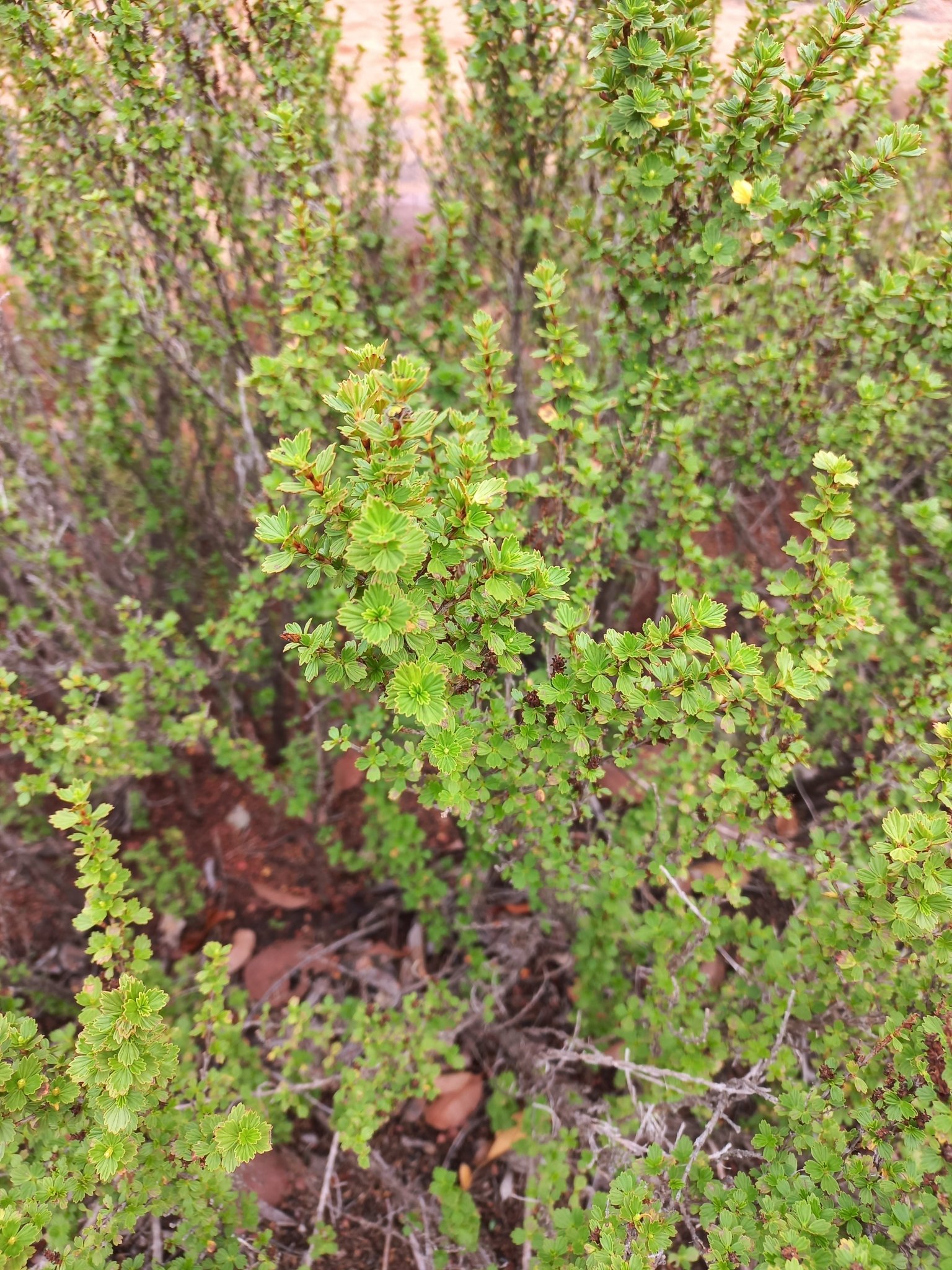
Resurrection plants play a vital role in their ecosystems. By surviving extreme drought, they help stabilize soil and provide shelter for insects and small animals. Their remarkable adaptations—like folding up to minimize water loss or producing protective chemicals—are examples of evolutionary genius. These strategies have inspired scientists to develop drought-resistant crops and new technologies for water conservation. By studying how resurrection plants thrive where others perish, we gain insights into resilience—not just in nature, but in the face of global challenges like climate change.
Resurrection Plants and Modern Science
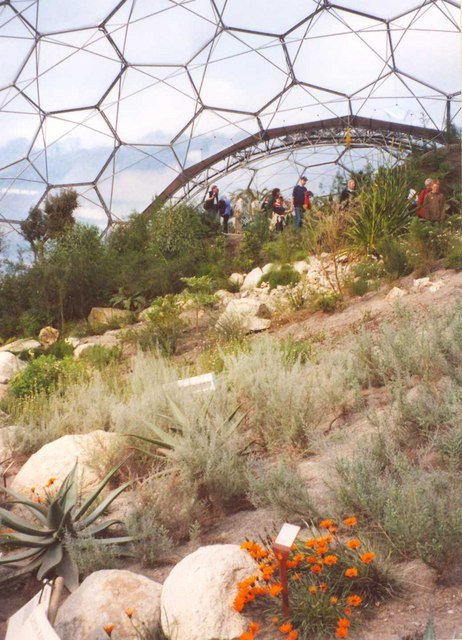
Researchers are fascinated by resurrection plants for both practical and theoretical reasons. Their unique proteins and sugars are being studied for use in biotechnology, medicine, and agriculture. For instance, the ability to stabilize biological tissues without water could revolutionize how we store vaccines or blood products. Some scientists are even exploring whether resurrection plant genes could be engineered into food crops to help them survive drought. The possibilities are vast, and every new discovery brings us closer to harnessing the secrets of these botanical survivors for the benefit of humanity.
Can We Learn From the Resurrection Plant?
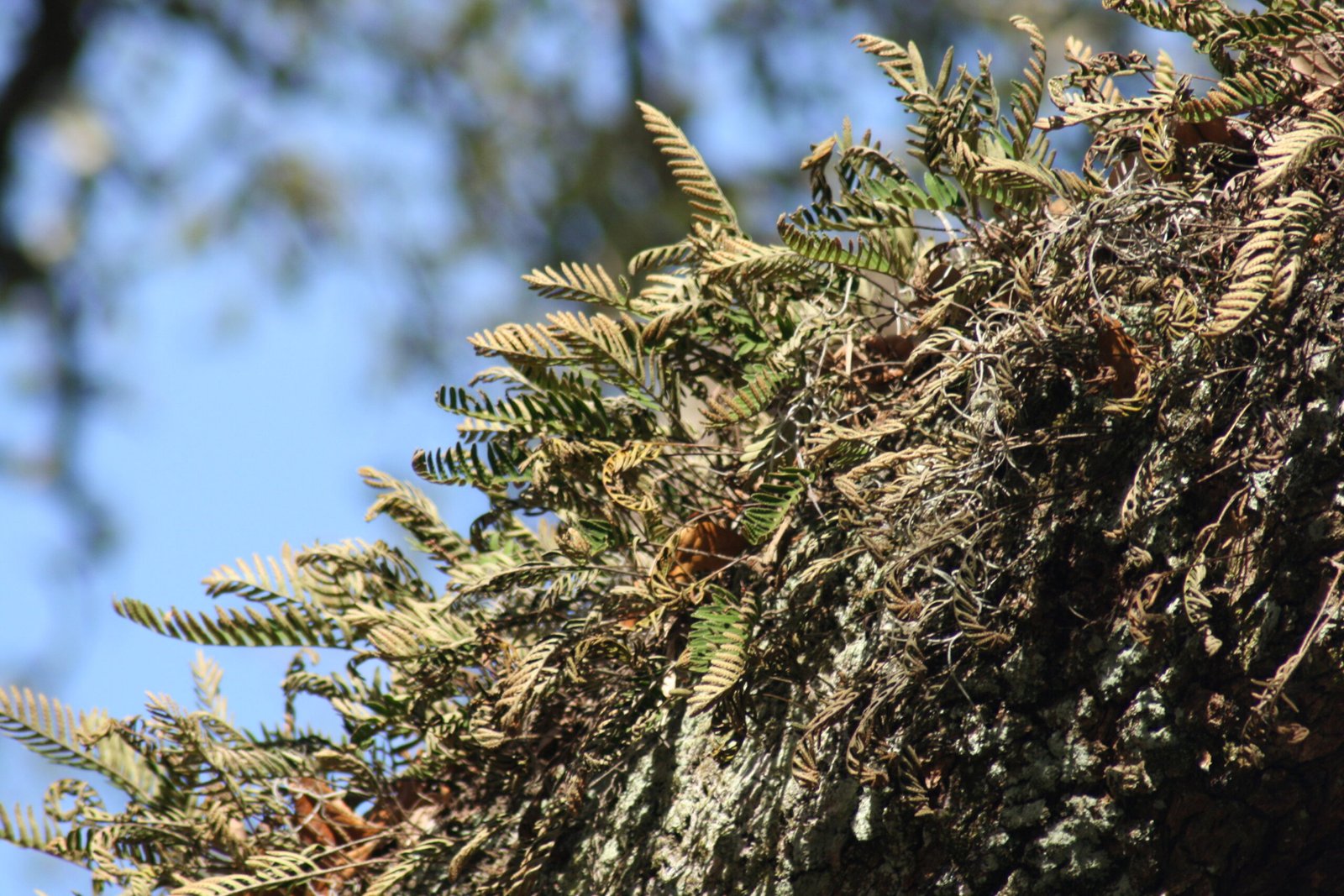
The story of the resurrection plant is more than just a scientific curiosity—it’s a lesson in resilience, adaptation, and hope. These plants demonstrate that survival is possible even in the harshest of environments, so long as there’s a way to adapt. Their life cycle is a metaphor for perseverance, encouraging us to look for solutions even when the outlook seems grim. Whether in the lab, the garden, or simply as a symbol, the resurrection plant reminds us that life can pause, change, and return stronger than before.
The Future of the Resurrection Plant
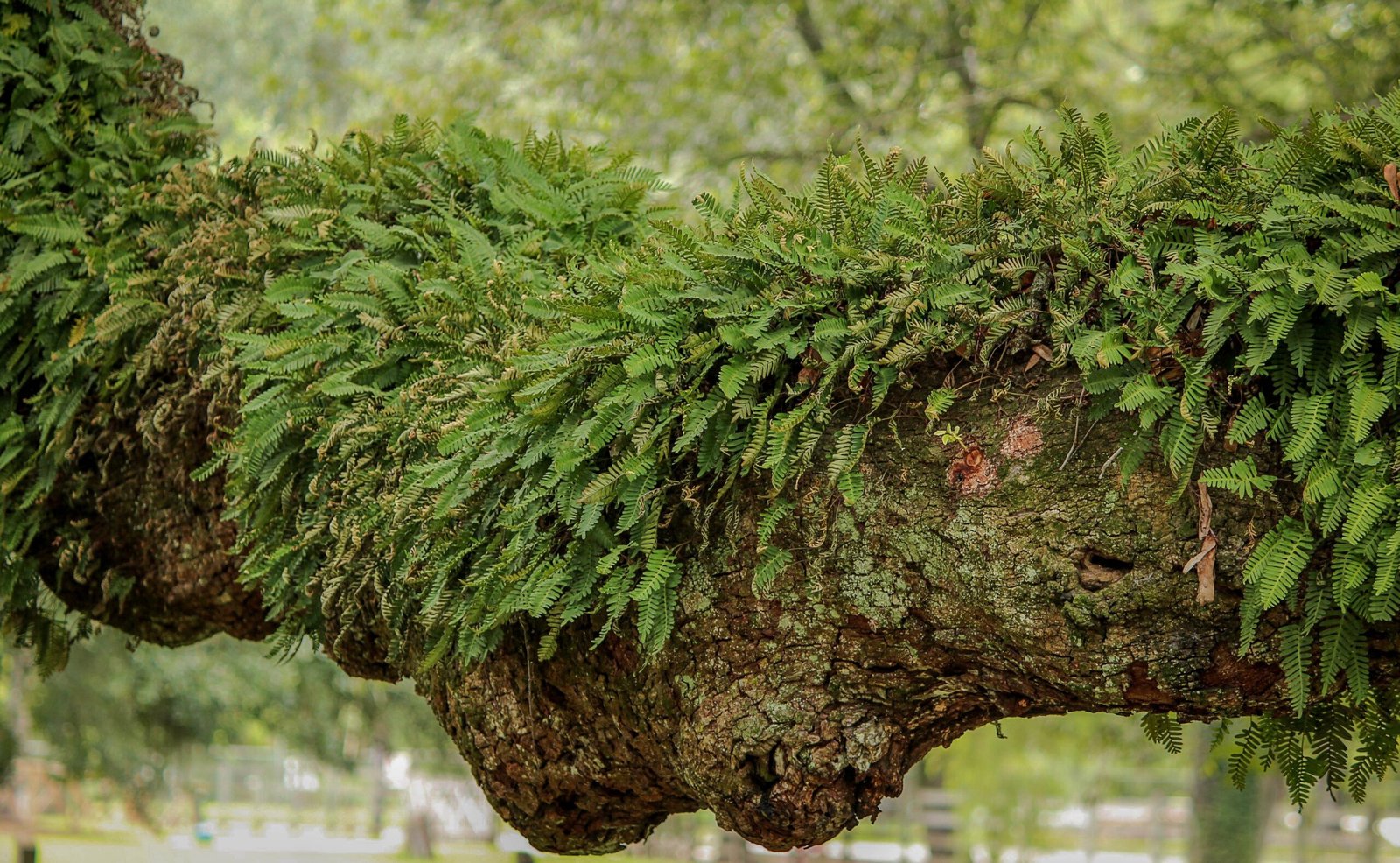
As the world faces increasing drought and climate instability, resurrection plants may become more important than ever. Their genes and survival strategies could hold the key to developing crops that withstand water scarcity, helping to feed a growing global population. Conservationists are also working to protect these plants in the wild, as their unique abilities could be lost if their habitats are destroyed. The resurrection plant stands as both a natural marvel and a beacon of hope for future generations.
The resurrection plant’s uncanny power to survive years without water and then burst back to life is one of nature’s greatest wonders. Its story is a testament to resilience, adaptability, and the magic woven into the fabric of life itself. What other secrets might the natural world be hiding, just waiting for us to discover?



